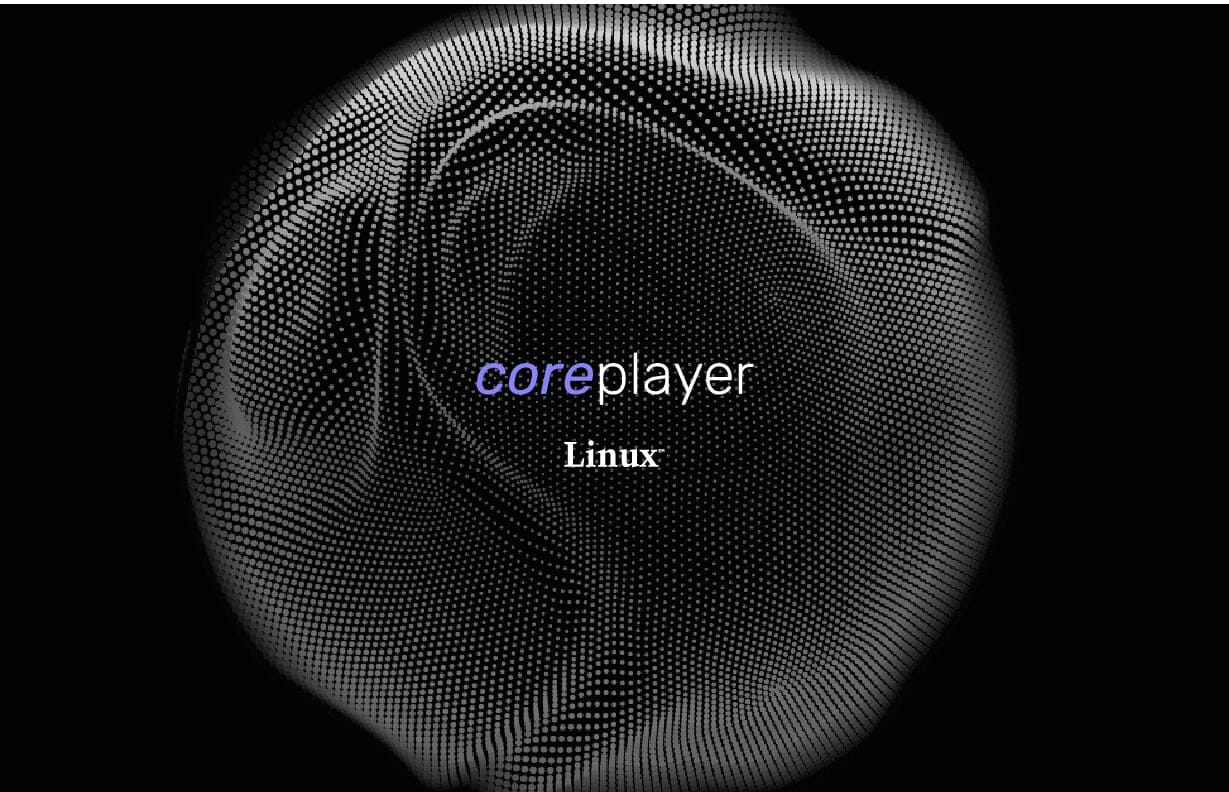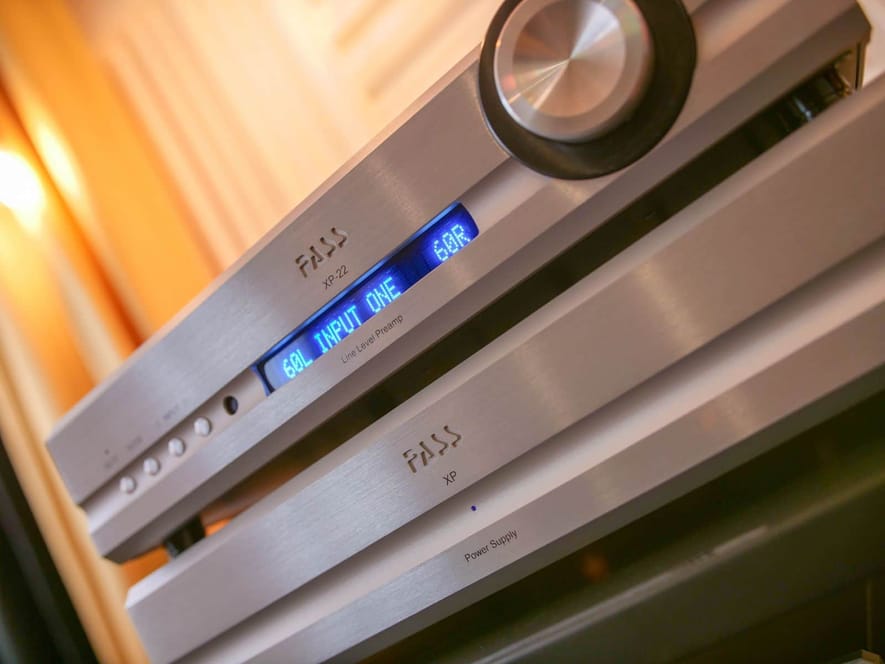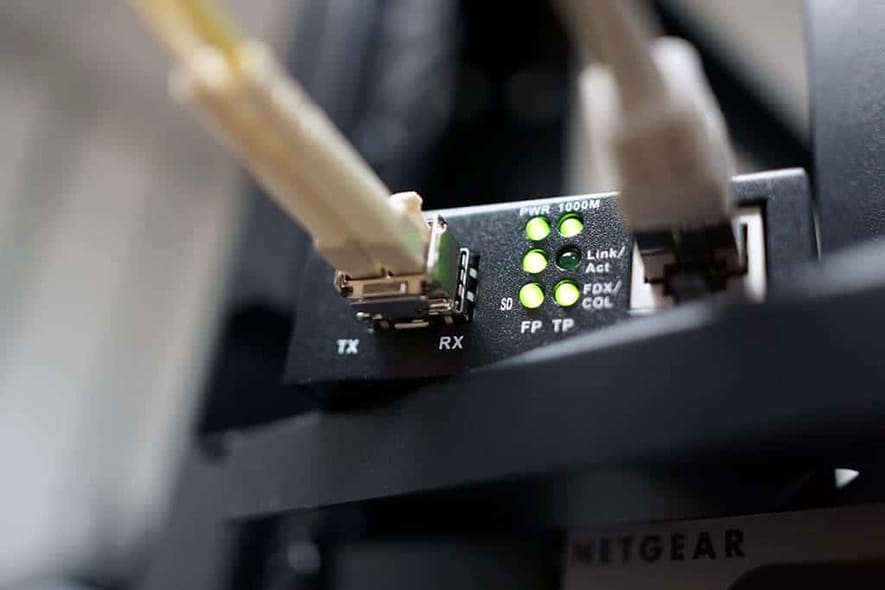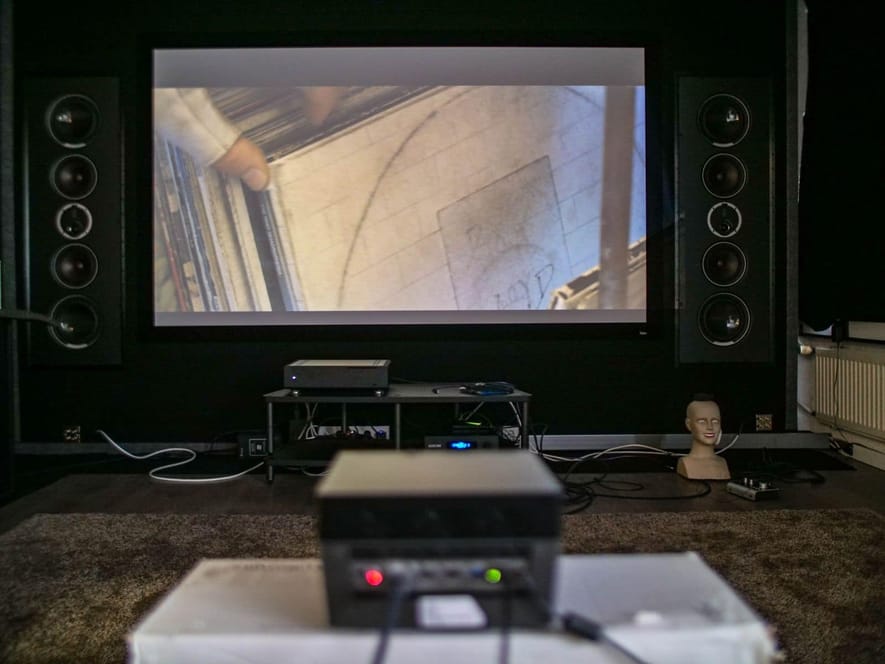
Intro
Contents
A Linux based version of Audirvāna software is available now, next to versions running on Windows or MacOS. It is a bit different though. How does it differ? We explain.
Audirvāna scored on sound quality in the comparative test of music software, but we hear from readers that not everyone likes using the laptop to control the music streamer.
You don’t have to. Place a NUC running Windows, or a Mac Mini in your home network and use the Remote App on your phone or tablet to control the computer running the Audirvāna software.
Audirvāna has released a version that runs on a Linux environment, but has no desktop. It is meant to be the central music server and only has an app to control it. It is a so-called ‘headless’ installation.
Even better: a version that can run on a QNAP NAS or a Synology NAS is also available, which sounds like music to the ears of listeners with a large library of music files. From limited testing on an older Synology model, it is clear that its sound quality is above expectations, but please read the installation section before getting started.
The diverse market of streamers
The appearance of Core Player also opens up other perspectives. Audirvāna Core Player is software of modest size, with modest memory and processor requirements. Many streamers based on ‘small board computers’, such as a Raspberry Pi, offer a choice of software that can be used on the streamer. Those software options are usually based on a Linux variant and custom or open source software. Volumio software runs on many of these streamers, will we also see Audirvāna as an option soon?
Who is Audirvāna Core Player for?
With the current version, you have to initiate updates on the Linux command line, or by a manual update in the web interface of your NAS. In its current version, Audirvāna Core Player is most suited for the computer-loving audio enthusiast or the music listener who can work comfortably in the NAS’s interface for software installations. There are many of those listeners in the world and among our readers. From that point of view alone, Audirvāna has made a very smart move with the release of Core Player.
When Core Player was released, there were many bugs experienced by early adopters, which were fixed at a rapid pace. With version 2.9.2, we have reached the point where we venture to publish a review. Windows and Mac users of Audirvāna have benefited from the many improvements; those versions have also become more stable as a result of all the fixes.






Interesting question. From my own experience, I cannot add a very good power supply to my DAC which has a streamer built-in and connected to the DAC via I2S. So I bought a very good power supply for my Roon Nucleus, which is sort of a NAS or computer. That helps but not to a great extent. It is physically connected to a switch and from that switch to my streamer/DAC. What did help to a great extent, was the addition of a passive ethernet filter. I think, even without the Nucleus, I would still have to connect my streamer/DAC to the internet so filtering would still be beneficial. Adding a really good streamer with good outboard power supply like you mention would be the best solution IMO.
My own experience is that you can achieve an even lower digital domain noise floor if there is no computer/NAS physically connected in the signal path, even if it is connected earlier on the network, behind a switch.
Would you agree that for ultimate sound quality, which many are probably looking for, you are better off by concentrating on a really really low digital noise floor using a good Streamer (only) with very good power supply and fed with an VERY clean ethernet signal?
I have a feeling that as long as you have a computer or NAS physically connected to a switch/router/DAC you will (in general) have a lot more noise to fight than if removing the computer/NAS completely.
It very much depends on the implementation of the USB input on DAC side and the quality of the powersupplies on the motherboard of the streamer or PC. Most streamers are based on (industrial) Small Board Computer components, like Raspberry Pi.
It ain’t that black and white, but in general the Audio manufacturers are more aware of these issues and design their streamers accordingly.